France on the ropes: Two killed as Africans confront military convoy
At least two people have been killed and 18 others wounded after French forces fired shots to disperse angry protesters blocking a French military convoy in western Niger.
The armored vehicles and logistics trucks had crossed the border on Friday after being blocked in Burkina Faso for a week by demonstrations there against French forces’ failure to stop mounting violence by Takfiri militants.
Anger has been rising against the French military presence in Niger, Burkina Faso and other countries in West Africa's Sahel region.
Last weekend, hundreds of people in the Burkinabe city of Kaya blocked the French convoy, which is on its way from Ivory Coast to Mali.
It was able to leave Burkina Faso on Friday but ran into new protests on Saturday morning less than 30 km across the border in the western Niger town of Tera, where it was confronted by protesters.
Video shared by a local official showed the protesters chanting “Down with France,” as black smoke rose from a burning barricade.
“In its attempt to extricate itself, it (the French forces) used force. Sadly, we deplore the death of two people and 18 injuries, 11 of them serious,” Niger’s interior ministry said in a statement.
French military spokesperson Pascal Ianni admitted that soldiers had “fired warning shots” and tear gas at protesters, but dismissed as “false information” reports on social media that French forces had killed civilians in Tera.
Ianni said the convoy eventually crossed the town and continued toward the capital, Niamey.
France intervened in Mali in 2013 to purportedly beat back militants who had seized the desert north, before deploying soldiers across the Sahel. While it has deployed more troops, violence has continued to intensify and spread in the region.
In the demonstrations in Burkina Faso and elsewhere, protesters have cited widespread belief that France is secretly supporting the militants to justify its continued military presence in its former colonies.
Rise of anti-colonial sentiments
France has been one of the world’s colonizing countries that after many years of slavery still controls countries spread over more than 12 territories and treats their people as second-class citizens.
The Caribbean territory of Guadeloupe and nearby Martinique have recently been wracked by rioting and strikes that reflect long-running frustrations over inequality with the French mainland.
France’s minister for overseas affairs, Sebastien Lecornu, on Friday said Paris was ready to discuss some autonomy for Guadeloupe, but the overnight offer drew sharp criticism Saturday from conservative and far right candidates for France’s April presidential election.
Guadeloupe uses the euro currency and has close political ties with the mainland. But high unemployment in Guadeloupe and Martinique, high costs of living and lingering anger over historical abuses have prompted some local officials to demand change.
A third of the Guadeloupe population lives below the poverty line, and unemployment rate is 17%. The cost of living, meanwhile, is high because the island relies heavily on imports from the mainland. Water supplies have been a major problem in recent years because of obsolete pipes.
Some residents denounce a relationship with Paris reminiscent of colonial times, and note an ongoing scandal over the use of a dangerous pesticide on islands in the Antilles for years after it was banned on the mainland.
Many people were systematically exposed to toxic pesticides used in banana plantations in the 1970s in Martinique and Guadeloupe.
The product was banned in the US in 1976 and in France in 1990, but special provisions were made for its continued use in the Caribbean territories until 1993.
There have been numerous attempts at autonomy since the Second World War, though none have been successful. The anger of people living in Guadeloupe is because a country 7,000 kilometers away is governing them, constantly treating them as second-class citizens.
Guadeloupe receives 972 million euros from the EU each year, but its youth-unemployment rate has hovered around 50 percent for decades.
Netanyahu: Israel won't allow Hayat Tahrir al-Sham forces in southern Syria
Hezbollah leaders’ historic funeral showed resistance strength: Islamic Jihad
Iran reports surge in air traffic as Austrian, Lufthansa resume flights
VIDEO | South Africans set to lobby government to isolate Israel
IRGC chief: Nasrallah decisive figure in regional equations with global dimensions
VIDEO | Press TV's News Headlines
Netanyahu's son 'exiled abroad for hitting his father': Knesset member
Iran money supply up 28.4% y/y in late January: CBI



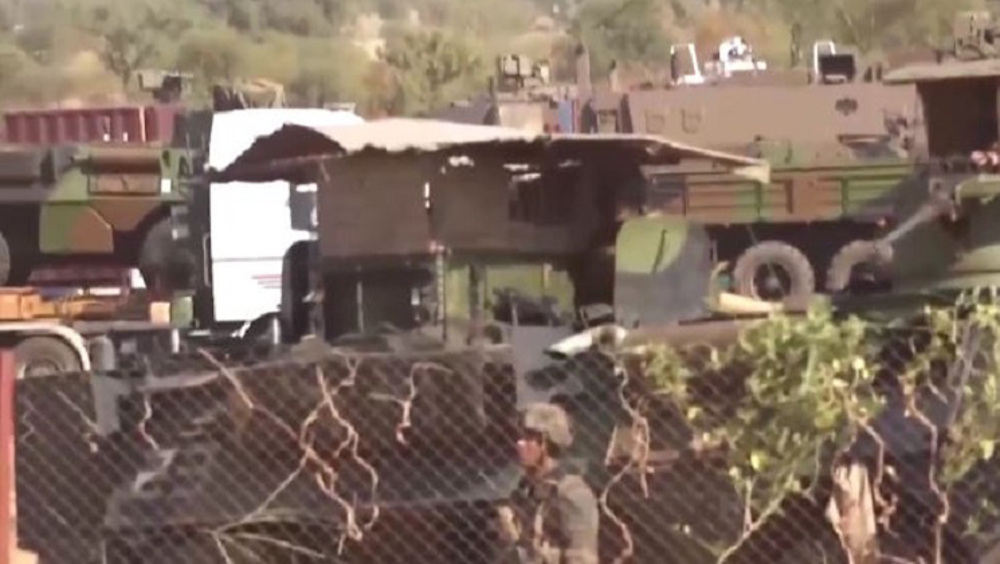
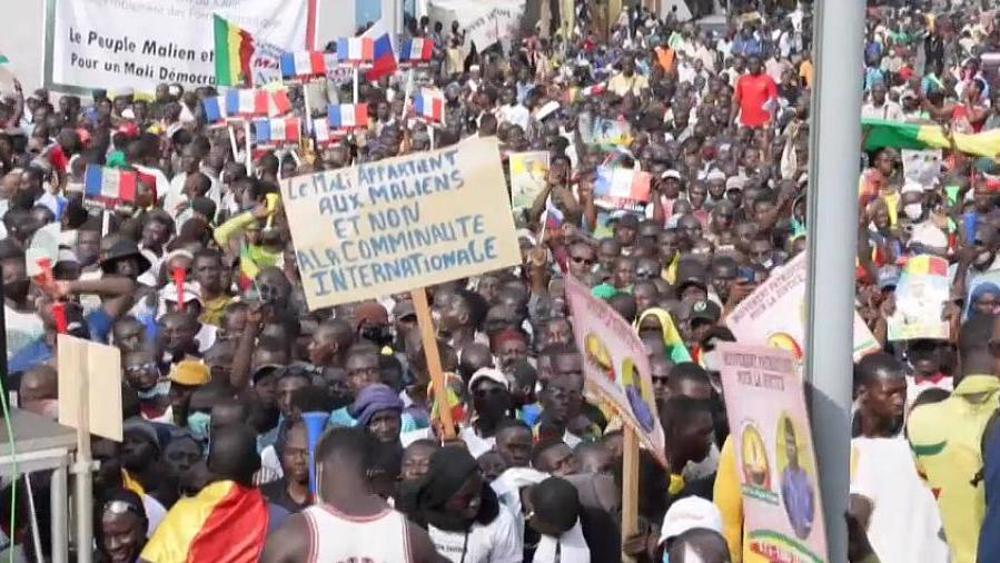

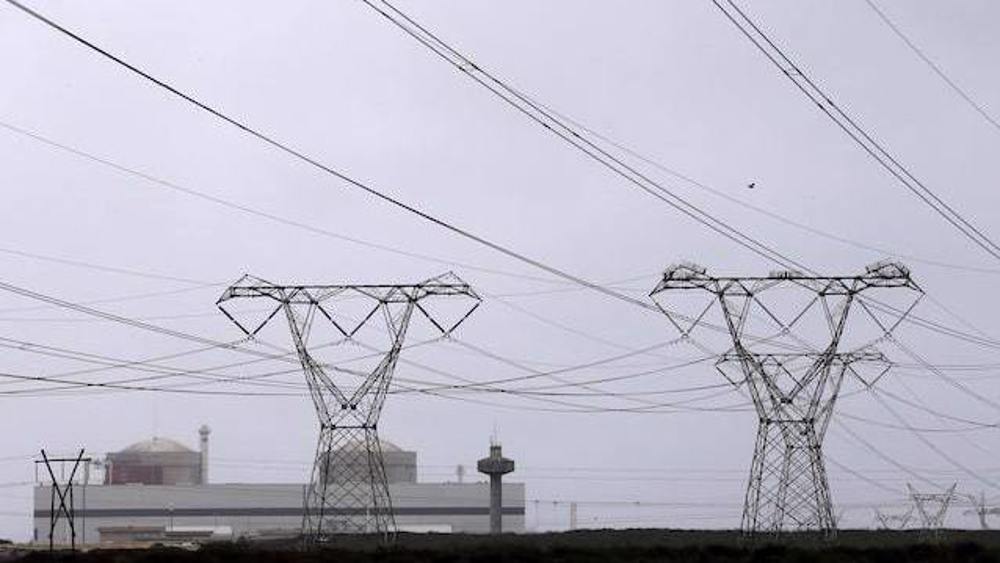
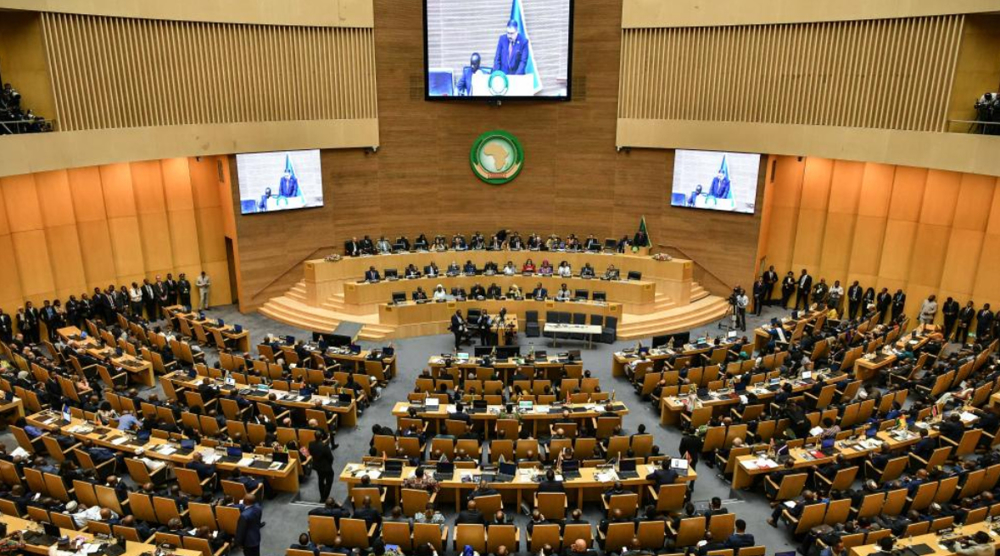



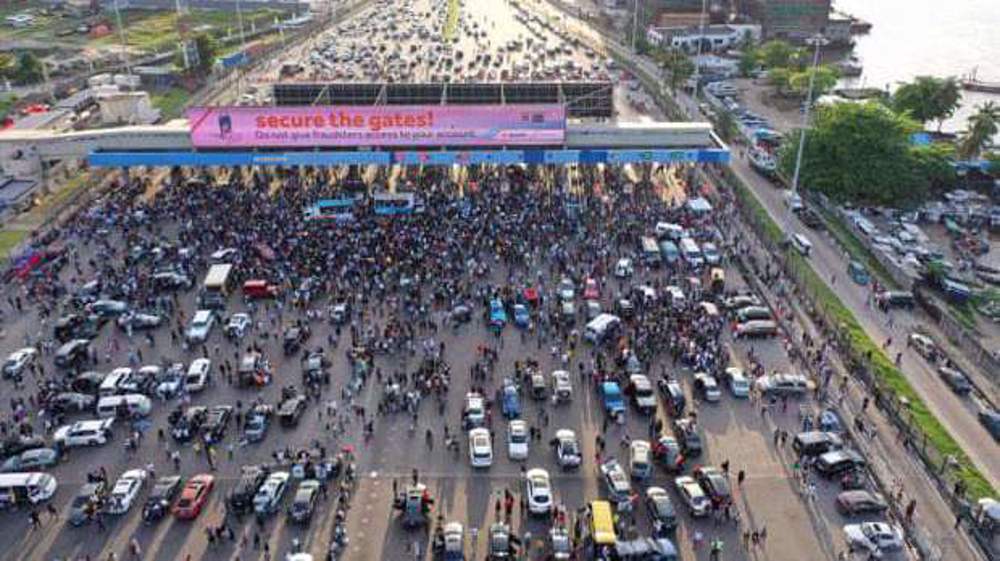
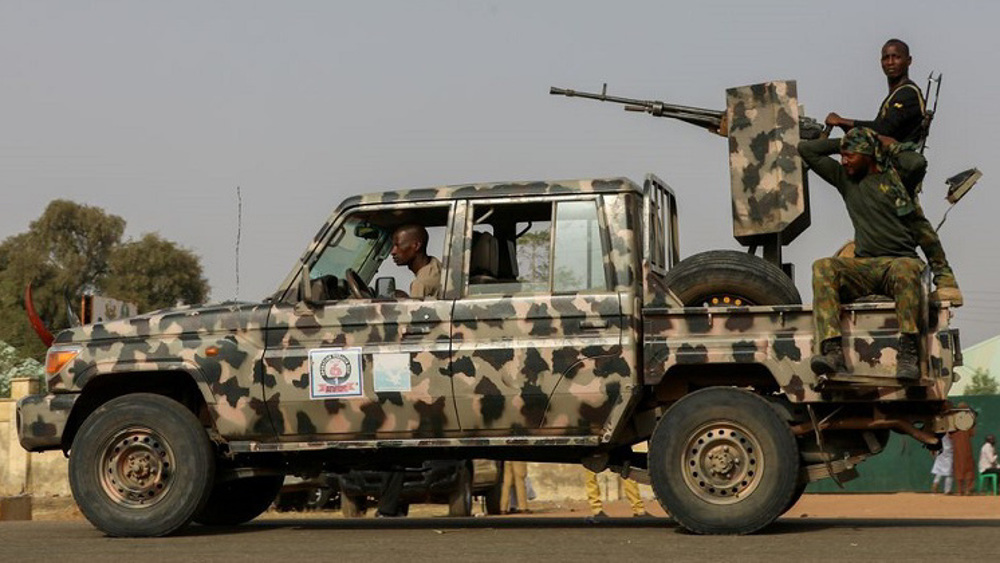


 This makes it easy to access the Press TV website
This makes it easy to access the Press TV website